[Enza3D] shows off a surprisingly compact articulated animatronic eyeball that can be intuitively controlled with a Wii nunchuk controller. The design uses 3D printed parts and some tiny servos, and all of the necessary electronics can be easily purchased online. The mechanical design of the eye is very impressive, and [Enza3D] walks through several different versions of the design, the end result of which is a tidy little assembly that would fit nicely into masks, costumes, or other projects.
 A Wii nunchuk is ideal for manual control of such a device, thanks to its ergonomic design and ease of interface (the nunchuk communicates over I2C, which is easily within the reach of even most modest of microcontrollers.) Of course, since driving servos is also almost trivial nowadays, it doesn’t look like working this into an automated project would pose much of a challenge.
A Wii nunchuk is ideal for manual control of such a device, thanks to its ergonomic design and ease of interface (the nunchuk communicates over I2C, which is easily within the reach of even most modest of microcontrollers.) Of course, since driving servos is also almost trivial nowadays, it doesn’t look like working this into an automated project would pose much of a challenge.
The eyeball looks great, but if you want to try for yourself, accessing the design files and code will set you back $10 which might look attractive if an eye like this is the missing link for a project.
On the other hand, enjoying the video (embedded below) and getting ideas from [Enza3D]’s design notes will only cost you a few minutes.
Continue reading “Enjoy This Animatronic Eyeball’s Smooth Moves”



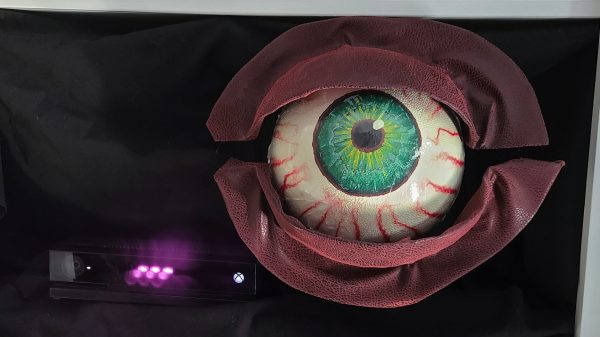
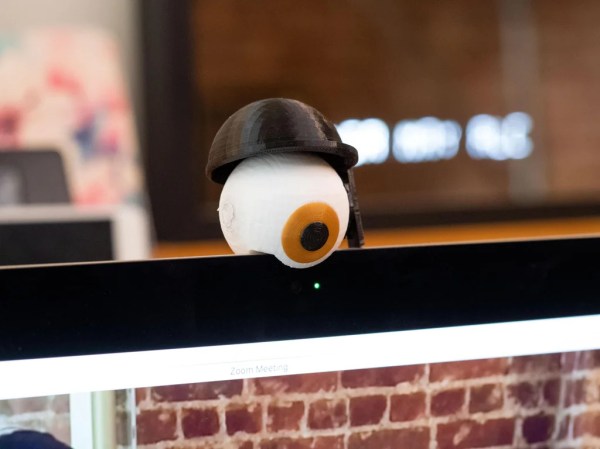

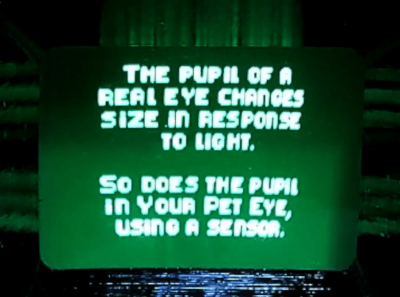

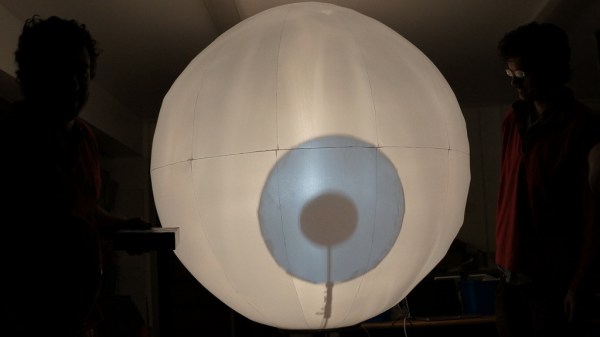
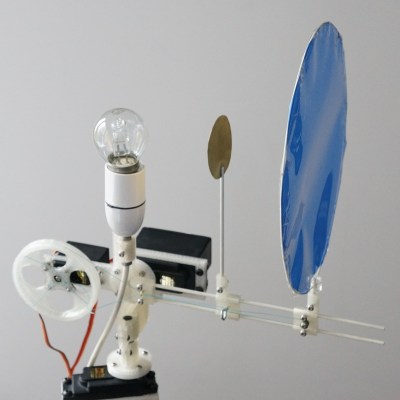 This is an older project, but the electromechanical solution used to create
This is an older project, but the electromechanical solution used to create 









